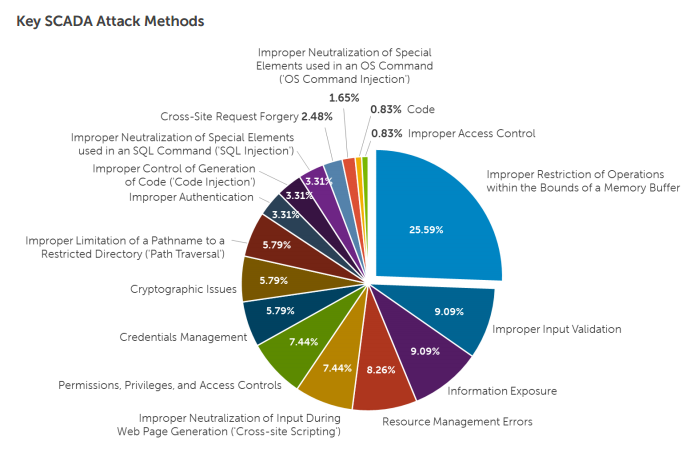Hungary, a NATO member whose prime minister recently named Putin’s Russia as a political model to be emulated. Or NATO member Slovakia, whose leftist prime minister likened the possible deployment of NATO troops in his country to the Soviet invasion of 1968. Or NATO member Czech Republic, where the defense minister made a similar comparison and where the government joined Slovakia and Hungary in fighting the European Union’s sanctions against Russia. Or Serbia, a member of NATO’s “partnership for peace” that has invited Putin to visit Belgrade this month for a military parade to celebrate the 70th anniversary of the Red Army’s “liberation” of the city. Then there is Poland, which until recently was leading the effort within NATO and the European Union to support Ukraine’s beleaguered pro-Western government and punish Putin’s aggression. This month its new prime minister, Ewa Kopacz, ordered her new foreign minister to urgently revise its policy.
Russia recruits U.S. allies in Eastern Europe by raising doubts about security commitment
Russia is trying to slowly strip away U.S. allies in Eastern Europe by playing up fears that Washington will not come to their aid, as promised nearly a decade ago, because of a lack of foreign strategy and commitment to the region, analysts say.
Russian President Vladimir Putin has authorized a string of provocative moves from the Arctic to the Black Sea in recent months in an attempt to intimidate NATO allies along the border for the old Soviet Union, including Hungary, Romania and Latvia, and boost allies of Moscow living in those countries.
Last year, a Russian-friendly party won the largest number of votes in Latvia’s parliamentary elections amid reports that a mayor of a city in eastern Latvia voiced concerns that activists were engaged in door-to-door campaigning in support of the communities’ secession from Latvia to join Russia.
Hungarian Prime Minister Victor Orban, who helped engineer his country’s successful application for membership in NATO in 1999, now seems to be cozying up to Russia by making large deals with Moscow and criticizing Western sanctions.
In November, Hungary authorized construction of the South Stream pipeline, a Russian-backed project that will bypass Ukraine to funnel natural gas exports to Europe and elsewhere, to the dismay of the European Union. Ukraine is engaged in a fierce political and military standoff with Russian-based separatists.
The fact that some countries along the tense border with Russia may be tempted to switch sides suggests a broader problem of a lack of trust in the U.S. commitment to protect them if they are attacked, said Matthew Rojansky, director of the Kennan Institute at the Woodrow Wilson International Center for Scholars.
“Why don’t they feel that deterrent effect of America’s commitment to defend them?” he said. “They clearly don’t think that we are committed to that commitment. That’s really where the problem is. They’re doubting the American security commitment.”
NATO’s famous Article 5 declares that an attack against any of the 28 countries in the alliance will be considered an attack against all. As a result, countries that have signed the treaty must come to the defense of others that are threatened or attacked.
Mr. Rojansky likened the U.S. commitment to these countries to life insurance: A 25-year-old healthy person generally has no trouble getting a life insurance policy because the company knows it likely won’t have to pay up soon. A 67-year-old with a history of heart disease, however, could have trouble obtaining a policy and face high premiums.
Seven countries — including Latvia, Lithuania and Estonia — became NATO members in 2004. Because the threat of a Russian attack wasn’t a serious consideration at that time, there was no lengthy debate on the wisdom of letting these Baltic states join, Mr. Rojansky said.
Now that Russia under Mr. Putin has taken a far more aggressive stance in Ukraine, Georgia and elsewhere, the situation has changed, he said.
“We’ve given them the policy coverage, but we gave it to them in a totally different circumstance, and that’s creating doubts on their part about if we’ll honor the policy,” Mr. Rojansky said.
Saber-rattling
Both sides have engaged in saber-rattling in recent weeks, leading to talks on both sides of the European divide of a potential new cold war.
Russian fighter jets have grown increasingly brazen in challenging U.S. and allied surveillance flights, and Sweden this fall scrambled ships and helicopters to track a Russian submarine that was believed to have surreptitiously entered Swedish waters. Planes from Russia’s Northern Fleet this week have begun anti-ship exercises in the Barents Sea.
Pentagon officials said Thursday that they were asking Russia to investigate an incident in early April in which a Russian fighter jet intercepted a U.S. reconnaissance plane in international airspace north of Russia and conducted multiple “unprofessional and reckless and foolish” maneuvers in proximity to the American plane.
Analysts in Moscow say the West has been just as provocative, with the U.S. holding joint exercises with Ukraine’s military, accelerating talks with Poland on a state-of-the-art missile defense system, staging a high-profile military convoy trip through six Eastern European nations, and deploying 12 A-10 Warthog planes to Romania as part of a theater-security effort to counter Russian moves in the region.
“The unit will conduct training alongside our NATO allies to strengthen interoperability and demonstrate U.S. commitment to the security and stability of Europe,” Pentagon spokesman James Brindle said this month in a statement about the action to Military.com.
Pentagon officials told the website that the deployment of the A-10s was part of NATO’s Operation Atlantic Resolve. The mission objective is, in part, to send a message to Russia about the U.S. commitment to NATO allies.
“Operation Atlantic Resolve will remain in place as long as the need exists to reassure our allies and deter Russia from regional hegemony,” Pentagon spokesman Maj. James Brindle said.
Pentagon officials strongly contested criticism that the Obama administration was having second thoughts about fulfilling the U.S. commitment to its allies in Eastern Europe now that Russia poses a significant threat.
“The U.S. thoroughly considered all aspects associated with establishing and joining NATO,” the official said. “The principles contained in opening paragraphs of the Washington Treaty remain as relevant today as they were 66 years ago.”
The U.S. needs to do more to reassure NATO allies of its commitment, including permanently basing troops in Eastern Europe, as well as more frequent and larger-scale deployments, said Boris Zilberman, deputy director of congressional relations at the Foundation for the Defense of Democracies.
The ultimate goal, he said, is to ensure that countries that have been allies remain on the side of the U.S.
At the same time, the U.S. must walk a fine line by increasing its presence enough to reassert its commitment to allies but not so much so as to give Mr. Putin political ammunition to escalate Russian aggression, Mr. Zilberman said.
“How much do we want to mirror image what they’re doing and give Putin a reason to keep doing it?” he said.
The U.S. is deploying small groups of service members to conduct drills in Baltic partner countries and has imposed sanctions on Russia, a policy that Defense Secretary Ashton Carter said is working.
“My observation is that this is having a real effect on the Russian economy and at some point the Russian people are going to ask themselves whether these kinds of adventures are worth the price,” Mr. Carter told reporters in a briefing Thursday.



